What is El Camino?
Why does El Camino de Santiago mean so much to so many people?
In Spain, the 25th of July is called “El Día de Santiago” - the Day of Santiago. It is a big fiesta in Galicia in the northwest of the country, where St James (“Sant Iago”) is the Patron Saint – “el Patrón”.
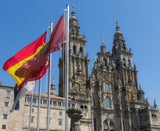
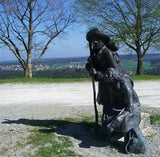
Saint James “the Greater” was one of the Twelve Apostles of Jesus, and traditionally considered the first apostle to be martyred. James is the patron saint of the Spaniards and Portuguese, and as such is often identified as Santiago or São Tiago.
In Galicia, in July, there is much celebration in the city of Santiago de Compostela to acknowledge James: That is, La Fiesta de Santiago Apóstol y Día festivo. There is music, dancing and drinking, and processions through the streets, and you can see the colourful regional costumes.
But Why?
It all stems from the fact that the supposed remains of this St James the Greater are interred in the Cathedral.
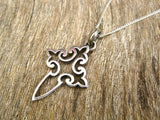

James had travelled to Iberia from the Middle East to preach the Gospel and, ultimately, he was put to death back in his home country. Somehow, his body ended up shipwrecked on the coast of northern Spain - presumably because some of his followers had gone to the Middle East to collect the coffin and take it back to Spain. So, in Spain he was buried.
Later on, in the 9th Century, his remains were discovered by a shepherd in the “Field of Stars” (Compostela) covered in scallop shells - a mollusc native to the Atlantic coast off Galicia, and hence this connection with one of the principal symbols of El Camino - La Vieira Concha de Santiago, the scallop shell.

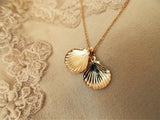
The local Bishop at the time, arranged for his remains to be interred in the Cathedral and, as word spread throughout the Catholic world, Santiago de Compostela became a site to be visited to pay homage to this revered personage. People started travelling from Spain, then France and Italy, and ultimately from all over the Catholic world. In this manner, the famous “Way of St James” (El Camino de Santiago) was born.

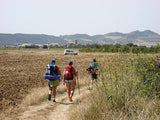
The Way of St James is now one of the greatest walks (or pilgrimages - depending on your religious viewpoint) in the world. It leads ultimately to the great Gothic Cathedral in Santiago de Compostela in Galicia, where they say that Saint James is buried. Some 200,000 people travel the Camino each year from all over the world and many write blogs and even books about their adventure. Many carry with them a symbol of El Camino - a Scallop Shell or St James Cross. Some people walk, others travel by bike. Many travellers do the Camino for personal, rather than any spiritual or religious reasons - taking time out from their busy, modern lives and perhaps finding inspiration along the way, whilst reflecting on their life in a supportive environment. Everyone experiences the journey in a different way.


But, whatever these peoples’ journeys - whether on El Camino itself, on holiday, a business trip, a gap year, trekking, etc, many friends and loved-ones like to pass on a special gift to wish the recipient well on their travels - and safekeeping along the way. And they do this with a little symbolic gift of a St James cross or a Scallop Shell - whatever their faith, or whether indeed they are religious, or not . .

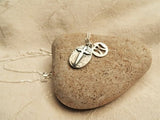
. . . and My Camino Jewellery SHOP has many examples!
In particular, there is a selection of what is called Safe Travel Jewellery for people travelling or to pass on your wishes to have a safe journey to a friend or loved-one.

